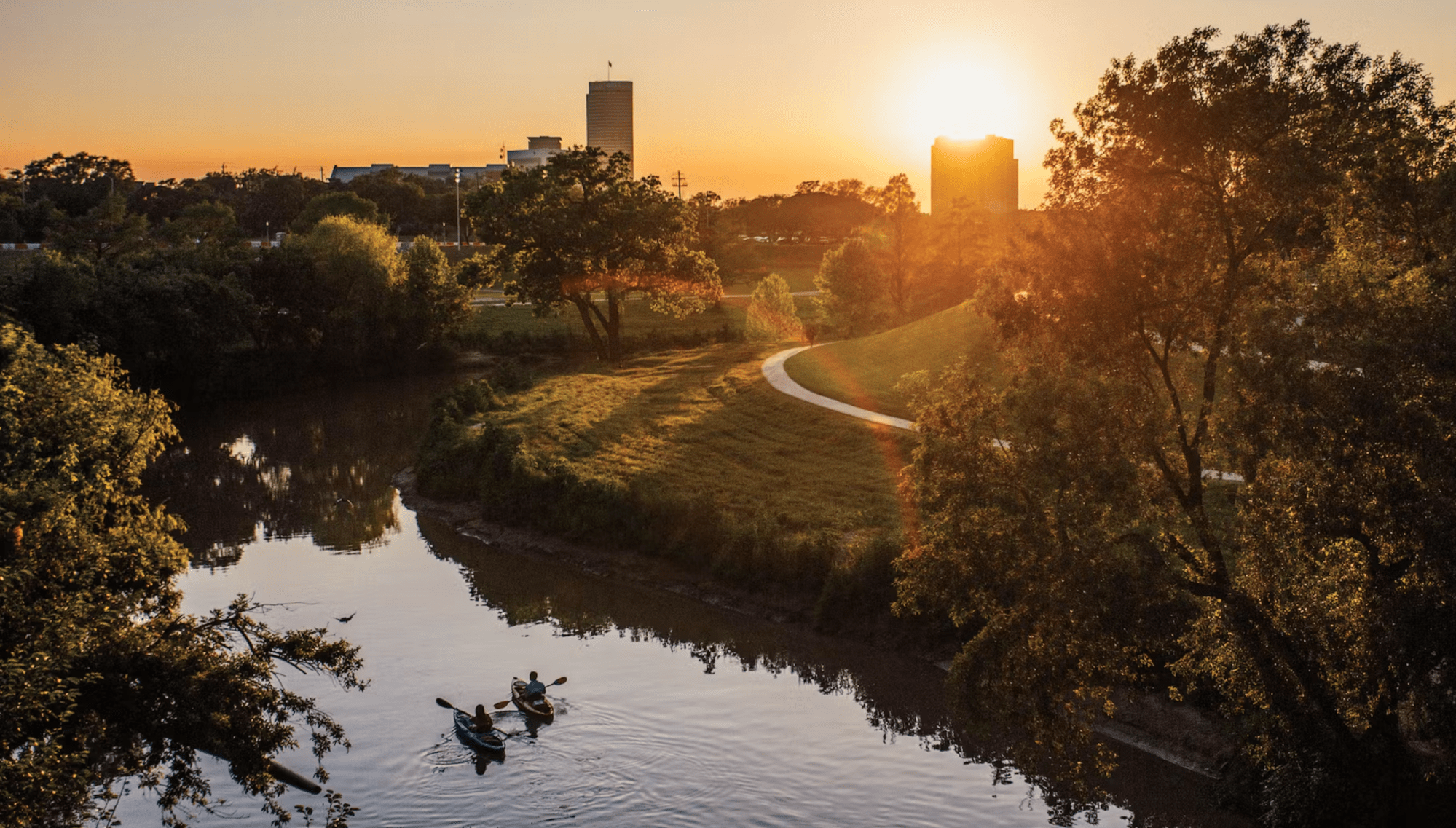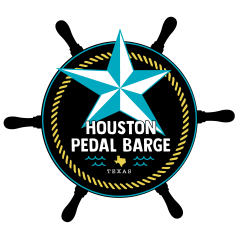Unveiling the Rich Tapestry of Buffalo Bayou: A Journey Through History

Buffalo Bayou, a vital watercourse weaving through the heart of Houston, holds a rich history that mirrors the city’s evolution. Join us on a historical expedition, delving into the origins, transformations, and significance of Buffalo Bayou.
Early Inhabitants and Exploration
Unraveling the prelude to Buffalo Bayou’s historical narrative.
Native American Presence
Long before European settlers arrived, Native American communities, particularly the Atakapa and Karankawa tribes, thrived along Buffalo Bayou. The waterway provided sustenance and a network for trade and transportation.
Spanish Exploration
Spanish explorers, including Álvar Núñez Cabeza de Vaca and Francisco Vázquez de Coronado, ventured into the region in the 16th century. Buffalo Bayou, with its lush surroundings, became a focal point for early European exploration.
Colonial Era and Settlements
Tracing the footsteps of pioneers who shaped Buffalo Bayou’s early settlements.
Allen’s Landing
Founded in 1836, Allen’s Landing marked the birthplace of Houston and a critical port for goods and passengers. This strategic location along Buffalo Bayou catalyzed the city’s growth.
Commerce and Industry
As Houston developed, Buffalo Bayou emerged as a lifeline for commerce. Steamboats navigated its waters, transporting goods and facilitating trade that fueled the city’s economic expansion.
The Buffalo Bayou Navigation District
Exploring Buffalo Bayou’s role in Houston’s industrial and infrastructural development.
Ship Channel Expansion
In the early 20th century, the Houston Ship Channel extended along Buffalo Bayou, turning it into a bustling water thoroughfare. This expansion connected Houston to the Gulf of Mexico, amplifying its significance in the global trade network.
Flood Control Measures
Buffalo Bayou faced challenges with periodic flooding. The Buffalo Bayou Flood Control District, established in the 1930s, implemented measures to manage water levels and protect surrounding areas.
Ecological Restoration and Urban Renewal
Examining modern initiatives to preserve and enhance Buffalo Bayou’s ecological and recreational value.
Bayou Greenways 2020
The Bayou Greenways 2020 project, launched by the Houston Parks Board, focuses on transforming Buffalo Bayou into a green oasis. This initiative enhances public spaces, encourages outdoor activities, and preserves the natural beauty of the waterway.
Memorial Park Restoration
Adjacent to Buffalo Bayou, Memorial Park underwent restoration efforts to revitalize its ecosystems and provide a recreational haven for Houstonians. These initiatives reflect a commitment to preserving Buffalo Bayou’s environmental integrity.
Frequently Asked Questions (FAQs)
What is the significance of Allen’s Landing in Buffalo Bayou’s history?
Allen’s Landing is historically significant as the birthplace of Houston. Founded in 1836, it served as a pivotal point for trade, commerce, and transportation, contributing to the city’s early growth.
How did Buffalo Bayou contribute to Houston’s industrial development?
Buffalo Bayou played a crucial role in Houston’s industrial development by serving as a waterway for transportation and trade. The Houston Ship Channel expansion further solidified its importance in connecting the city to global trade routes.
What measures were taken to address flooding along Buffalo Bayou?
The Buffalo Bayou Flood Control District, established in the 1930s, implemented various measures to control flooding. These include channel modifications, reservoirs, and levees to manage water levels during heavy rains.
How does the Bayou Greenways 2020 project benefit Buffalo Bayou?
The Bayou Greenways 2020 project enhances Buffalo Bayou by creating green spaces, improving access for outdoor activities, and preserving the ecological diversity of the waterway. It aims to make Buffalo Bayou a recreational and natural asset for the community.
Is Buffalo Bayou navigable for recreational boating?
Yes, Buffalo Bayou is navigable for recreational boating. Canoeing and kayaking are popular activities, allowing enthusiasts to explore the scenic beauty and history of the waterway.
Are there guided tours available for exploring Buffalo Bayou’s history?
Yes, guided tours are available for those interested in exploring Buffalo Bayou’s history. Knowledgeable guides provide insights into the waterway’s past, highlighting key historical landmarks and events.
Conclusion
Buffalo Bayou’s history is a captivating tapestry woven with the threads of Native American presence, Spanish exploration, industrial growth, and ecological restoration. As it continues to evolve, Buffalo Bayou remains an integral part of Houston’s identity, connecting the city’s past with its vibrant present.
